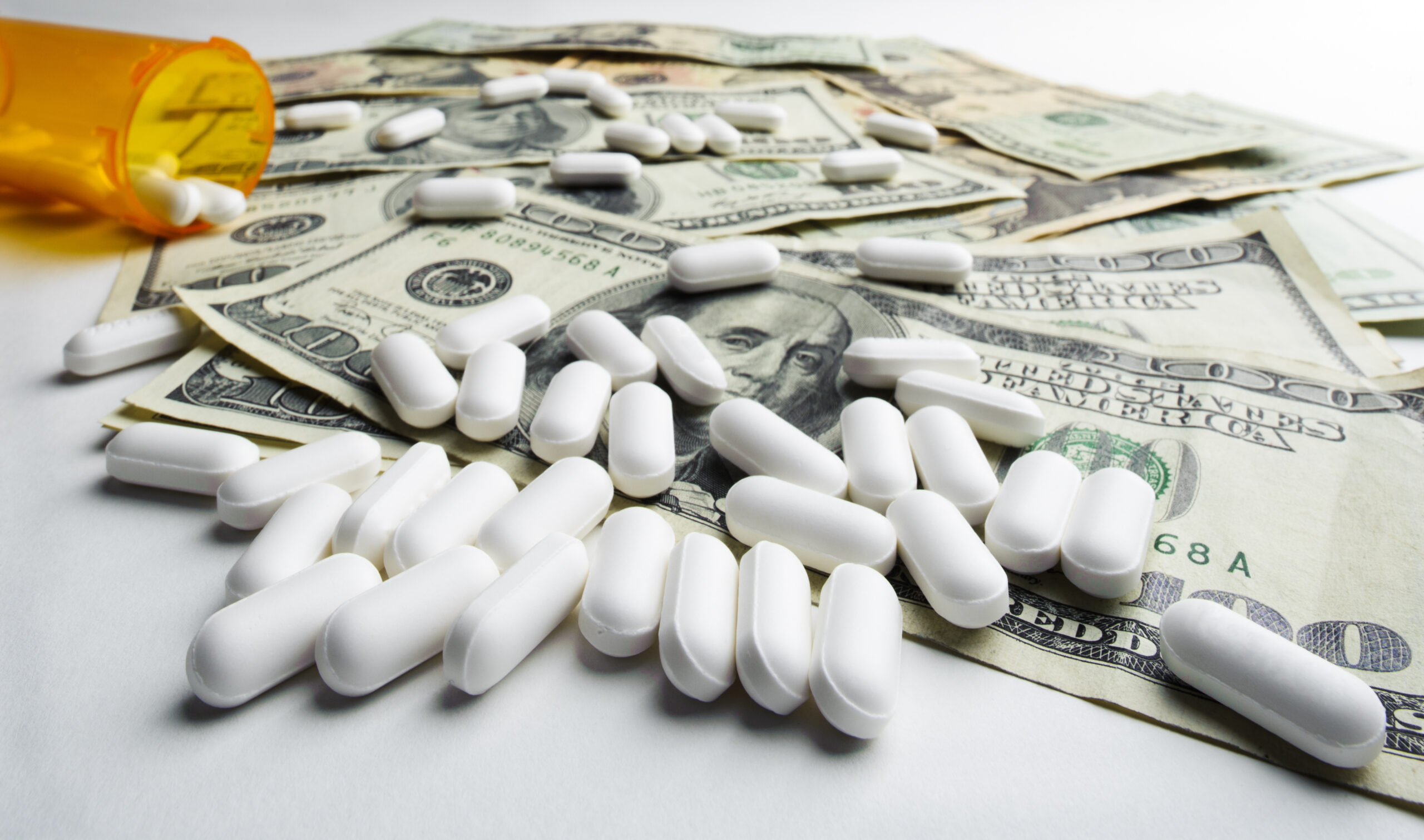© 2025 CSRXP- All Rights Reserved

Second Opinion: The Truth About The Big Pharma Bailout
Sep 25, 2018
In their latest attempt to make billions of dollars on the backs of patients, drug manufacturers are trying to exploit every legislative avenue available to advance a Big Pharma bailout that would ultimately raise the price of prescription drugs for seniors in the Medicare Part D coverage gap, also known as the donut hole.
Congress took steps to close the coverage gap earlier this year in the Bipartisan Budget Act of 2018 (BBA) and now, Big Pharma is trying to reverse it, spreading false claims that this action would benefit seniors.
Their advertisements are claiming this proposal would be good for seniors, but their rhetoric doesn’t match reality.
Here are the facts: if Congress reverses the progress made under the BBA…
- Big Pharma will receive billions in a backroom bailout.
- Hardworking taxpayers will pay an additional $4.3 billion for covering drugs in the Part D program.
- Seniors will pay more than $5 billion in additional premiums and out of pocket costs.
As Congress considers this damaging proposal, CSRxP is debunking Big Pharma’s biggest mistruths about what is really at stake:
MISTRUTH #1: The Congressional action under consideration regarding the BBA policy would correct a technical mistake made by CBO in the scoring (See CBO Letter to Representative Meadows), which consequently threatened the program’s successful competitive structure and left seniors paying five times more than their insurers for coverage of brand drugs in the donut hole. It does not reverse the entire policy.
- REALITY: Big Pharma is ignoring the fact that insurer liability was at 5 percent or less for the first decade of the Part D program and only increased above 5 percent last year. Shifting back to 5 percent is not a radical move by any means, it’s been the norm for the vast majority of the program’s existence. Medicare Part D has been successful because it lowers costs for seniors by distributing liabilities and delivering more options to consumers. We must continue to follow the model that has made the program a success.
- REALITY: Out-of-control drug prices and a lack of competition are what’s threatening this program. It could be significantly more helpful for seniors if more affordable generic and biosimilar drugs were available, but Big Pharma continues block competition because it would affect the bottom line for brand name drug manufacturers.
MISTRUTH #2: CMS has said it has significant concerns with the original policy changes made in the BBA, “we have significant concerns about the impact these changes will have on drug costs under Part D in 2019 and future years.”
- REALITY: There absolutely should be concerns about the program’s future costs to the government – and that’s because of out-of-control drug prices are driven entirely by Big Pharma. If there are concerns about drug costs on the government under Part D moving forward, then the industry responsible for selling high-priced, brand-named drugs should be blamed.
- REALITY: Big Pharma hasn’t shown any interest in lowering drug prices for seniors, in fact they’ve aggressively done the opposite to ensure their profits grow more and more each year.
MISTRUTH #3: As reported by POLITICO, there is bipartisan support in Congress to make this change to the BBA policy with 155 House Republicans and 50 House Democrats signing letters calling for the change.
- REALITY: Most of those offices thought they were signing in support of beneficiary affordability as part of the “catastrophic cliff” issue, which is entirely unrelated to the out-of-control prices patients must pay for their prescriptions in the coverage gap.
- REALITY: Leaders in the House and Senate have been declaring their commitment to patients by preserving the actions taken in the BBA, including House Minority Leader Nancy Pelosi (D-CA) and Ranking Member of the Senate Finance Committee Ron Wyden (D-OR), among others.
- REALITY: Once again, Big Pharma used clever distraction tactics to bury the truth in confusing language and conflate the two separate issues for more profits.
MISTRUTH #4: The real “win” in the Part D package under consideration is: 1) re-stabilizing Part D by fixing the balance in payment responsibility and 2) averting the Part D cliff. Together, these two policy fixes would reduce out-of-pocket costs for seniors with high drug spending more than the original BBA changes, leaving them better off and, in 2020, saving them up to seven percent on their out-of-pocket costs.
- REALITY: Again, the two issues are unrelated. The catastrophic cliff issue is important but does not come into play until 2020. Big Pharma is trying to hijack this process to secure their own billion-dollar bailout and they’re using the catastrophic cliff issue as a distraction.
- REALITY: Patients and the Part D program as a whole will be worse off. Big Pharma is only out to reduce their own liability and increase profits, while taxpayers will end up paying an additional $4.3 billion and seniors will end up paying more than $5 billion in higher premiums and out of pocket costs.
CSRxP, Patients for Affordable Drugs, AARP and other groups have been working to bring to light the Big Pharma bailout, including launching a digital ad campaign. As Big Pharma tries to distract Congress with their false claims, we will continue to make clear what this proposal really is: another way for price-gouging drug manufacturers to make billions, while increasing prices on patients.
